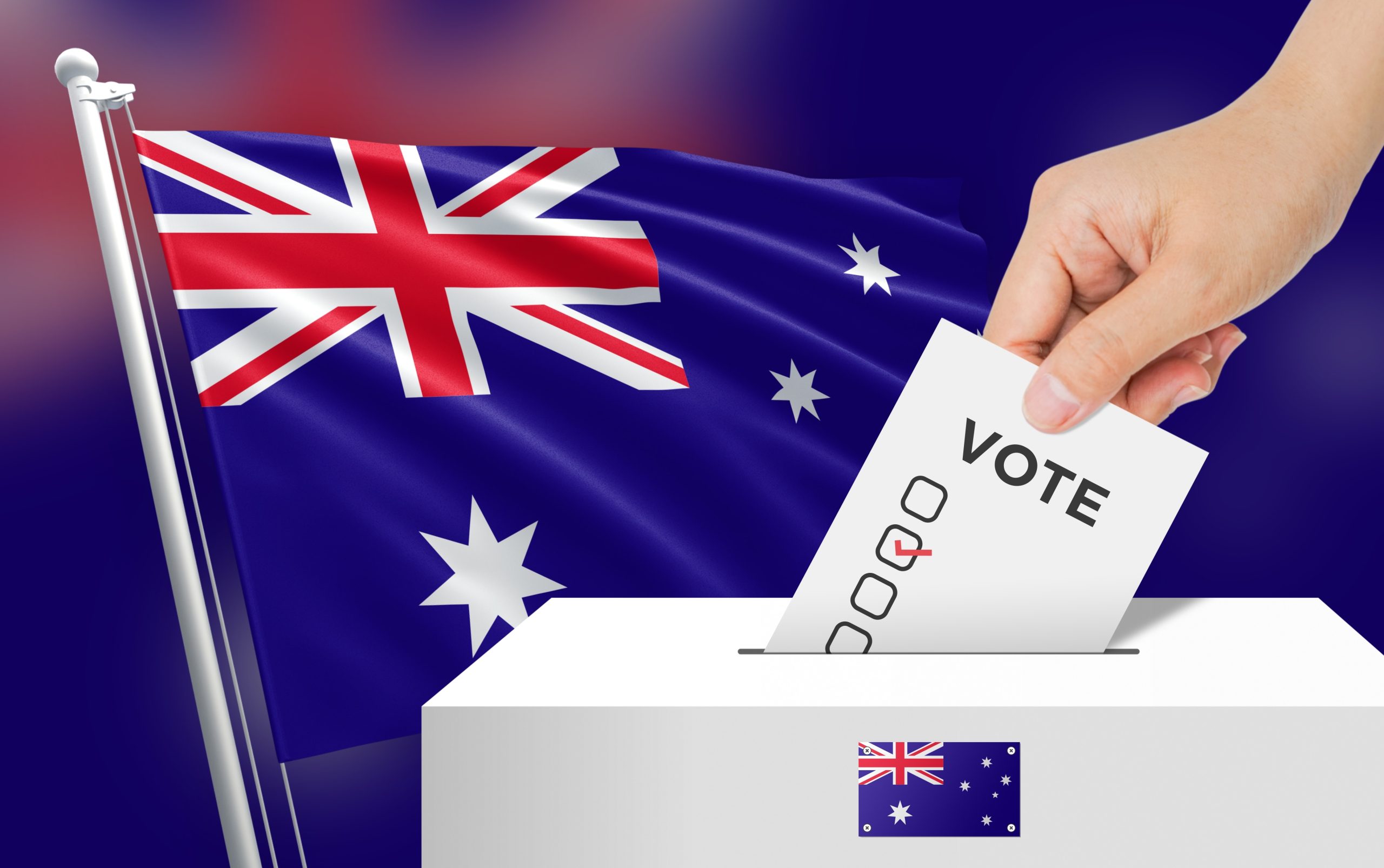The Inside Word

Shifting Voter dynamics and next Federal Election
Earlier this year I presented insights from the three key 2022 Federal Election reviews. Eighteen months into the Federal Parliamentary term, it’s worth assessing long-term trends that impact the coming election and beyond.
The foremost trends to watch are party voting according to education and income.
At the May 2022 Federal Election, the Labor Party only secured 38 per cent of its traditional voting base, the self-identified working class. The ANU election study showed the major parties had equal support amongst voters with income less than $45,000 per year, and Labor had a clear lead with voters earning over $140,000 per year.
The Albanese Labor Government enjoyed a significant post-election honeymoon period, but this ended with the recent referendum on the Voice to Parliament.
I encourage enthusiasts to read James Campbell’s analysis of recent Redbridge polling here and here to understand the current state of play. As late as August this year, Labor had improved its standing with the working class and had a clear lead among voters with Year 12, TAFE, trade, or vocational educations. That situation has flipped, and the Coalition has secured significant leads among these same cohorts, while Labor’s primary vote has lifted slightly for those with university degrees.
What does this mean? Clearly this cohort is up for grabs. Blue-collar, Year 12 and TAFE-educated voters are no longer rusted-on Labor voters. The Opposition Leader is clearly making a play for these voters, who often live in the strategically important outer suburban electorates. Higher education voters may increasingly be de-emphasised to prioritise this swinging voter.
This may be a global trend. Political scientists like Matthew Goodwin have spoken at length and characterise these voters as leaning to the left on issues of economics, and to the right on issues of culture. They point to Brexit and the 2016 US election as case examples of the political consequences.
As the Albanese Labor Government faces the future with much-reduced political capital, expect a return to cost-of-living issues as a direct play to these voters. If, as expected, the Government continues to prioritise meeting climate change goals while combatting inflation, it will have to design policies that work for these voters.
The Government needs to get the settings right on electric vehicle incentives while simultaneously reducing inflationary pressures by slowing expenditure on transportation … but this will impact the commute times of these voters, proving it’s a difficult needle to thread.


